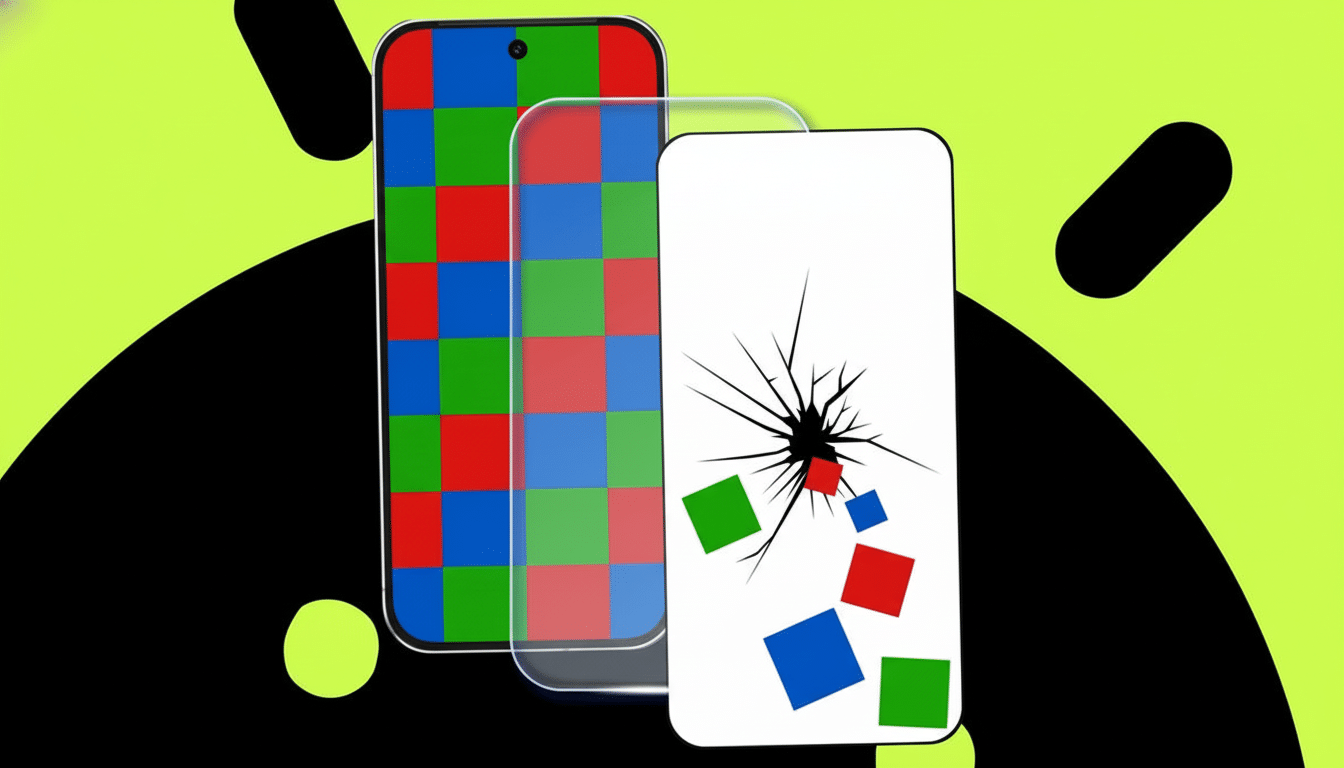A newly published attack technique that targets Android-based devices, including nearly all available smartphones, can do the silent snatch-and-grab within seconds. The Pixnapping Android attack is used to obtain screen images to steal chats, email previews (including attachments), and time-sensitive two-factor codes. According to security researchers, it does not need screenshot permissions; you merely have to install a booby-trapped app.
The find is a reminder of an unshakable digital fact in mobile security: if malicious code can record your input and monitor the screen of your device as you surf the web or use an app, it can collect everything being displayed once it renders on the screen. That makes this attack uniquely dangerous for modern authentication flows that briefly expose one-time codes.

What Pixnapping Is and Why It Matters for Android
Pixnapping uses a hardware side channel to extract the pixels drawn by other apps, then performs optical character recognition (OCR) to translate these into text. In practice, the rogue app “steals” screen contents without triggering Android’s screenshot safeguards or requiring special permissions.
Because it targets whatever is visually rendered, anything shown on the screen can be scraped: chat threads, one-time passwords in authenticator apps or SMS messages, email subject lines, and notification text. Inputs that aren’t rendered as clear text — such as password entry fields, which are masked with dots or asterisks — are less vulnerable since the attack depends on legible pixels.
Researchers say Pixnapping is similar to a stealthy screenshot made from the graphics pipeline. That’s a crucial difference from previous Android abuses, which relied on overlay tricks, accessibility abuses, or the MediaProjection API (which prompts the user for approval).
Who It Affects and How Quickly It Works in Practice
The team tested the attack on various devices, including Google Pixel 6 through 9 and Samsung Galaxy S25, over a range of Android versions from 13 to 16. The delay from launching the attack to extracting useful text was so short that, in testing, it was able to grab 2FA codes before they expired.
That speed matters. These one-time codes usually last less than a minute. If a malicious app can see the screen when you open your authenticator or read an SMS, it can copy the code and rush to set it up before you do. Even push-based approvals and secure-message apps can leak useful context if the text is plainly visible on-screen.
Importantly, the researchers said they have not observed any confirmed in-the-wild abuse. But after a tactic is out in the open and replicable, it is often imitated. As has been demonstrated in the past with other mobile threats, a solitary application reaching significant distribution can transform a lab demo into widespread mischief.

Origins of the Research and Vendor Response
The work is the product of a team of seven academics at the University of California, Berkeley; the University of Washington; the University of California, San Diego; and Carnegie Mellon University. A preprint is available, and the work has been accepted to appear at the 32nd ACM Conference on Computer and Communications Security. Articles in publications like Ars Technica played an early role in drawing attention to the risk.
The researchers said they reported the issue to Google, which sent out an initial patch. Within a couple of days, the team had found a workaround and re-pinged the company. Google has confirmed the issue and indicated it is further hardening Android in an upcoming security bulletin, suggesting a fix will probably involve a layered defense rather than a single patch.
The Real Risk and What You Can Do Right Now
For users, the first line of defense is mundane but effective: install updates as soon as they’re available, refrain from sideloading apps, and prune any software you don’t recognize. Keep Google Play Protect turned on, and be suspicious of apps that ask for broad powers they don’t require.
Keep sensitive information on screen as little as possible. Use phishing-resistant mechanisms like hardware security keys or device-bound passkeys whenever you can. These don’t display codes. Turn off lock-screen notifications, or keep them brief. If an app has a “tap to reveal” for codes or messages, take advantage of that to reduce the amount of time secrets stay in plain sight.
- Use secure rendering flags.
- Minimize the duration and size of sensitive text on screen.
- Add subtle visual transformations to reduce OCR reliability without degrading usability.
- Rate-limit or obscure one-time codes by default; show them only when tapped explicitly.
- Watch for anomalous, screen-capture-like behavior.
What Separates Pixnapping from Previous Android Threats
Previous Android hacks have used social engineering to gain accessibility access, overlay phishing, or accessing screenshot APIs. Pixnapping skirts those gates by operating downstream in the rendering process, morphing a graphics optimization fluke into a data exfiltration channel.
That architectural twist explains why platforms need to change, not just rely on app-by-app patches. Possible mitigations include tighter isolation in the graphics pipeline, noise injection to make OCR more difficult, and rate-limiting cross-app pixel processing. For now, assume any text on-screen is observable: if someone can see it, assume they will read it.

